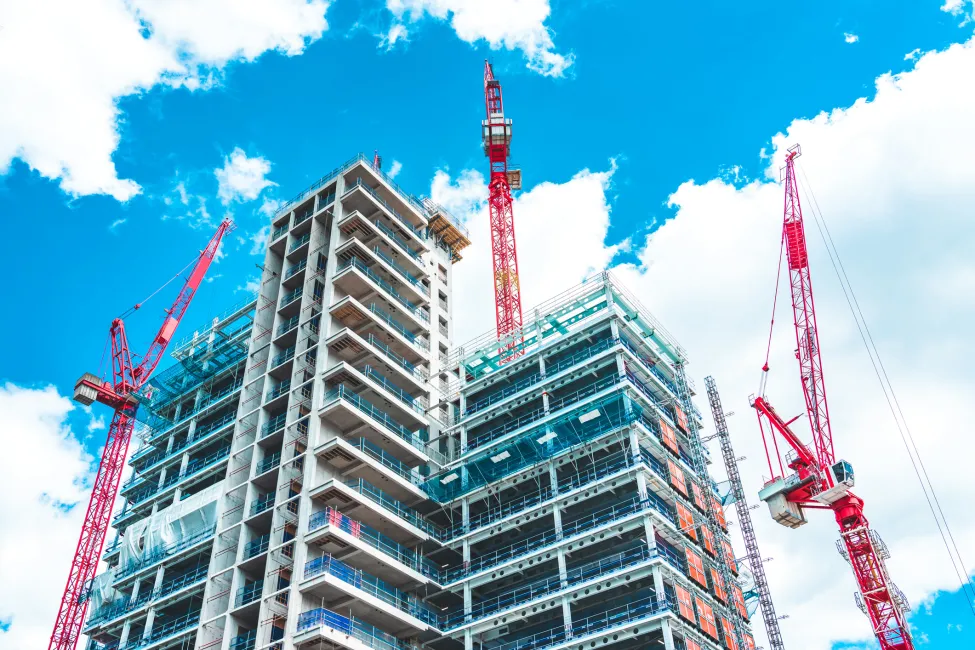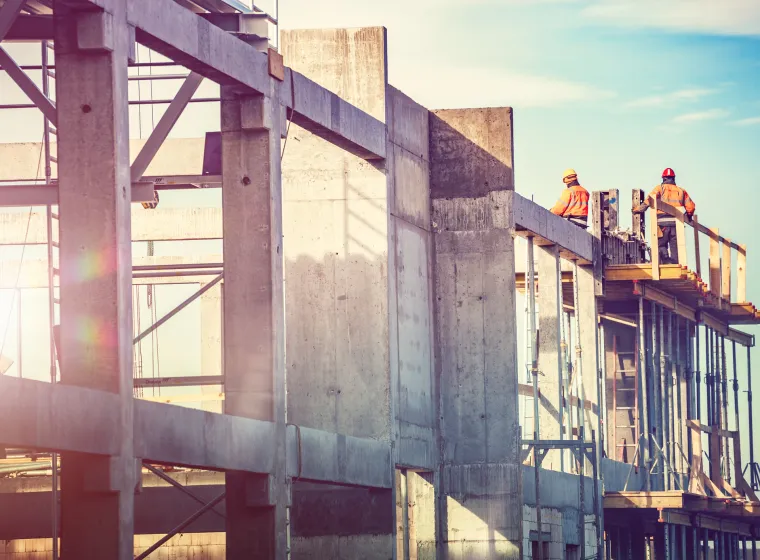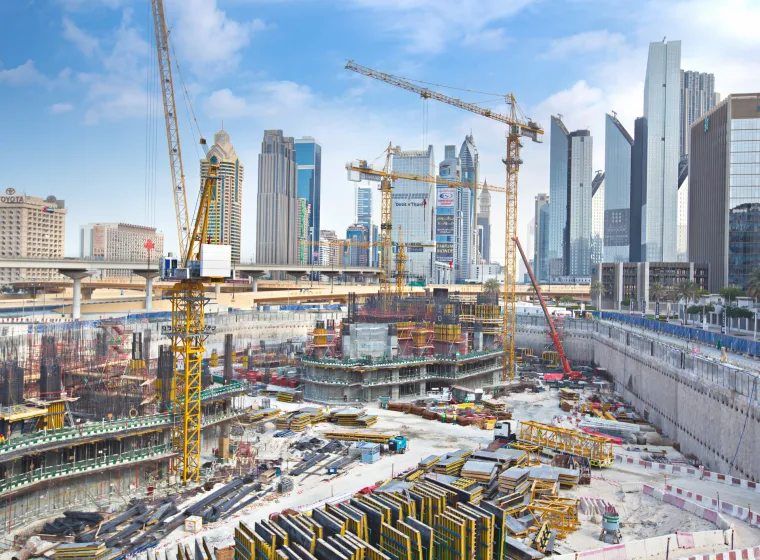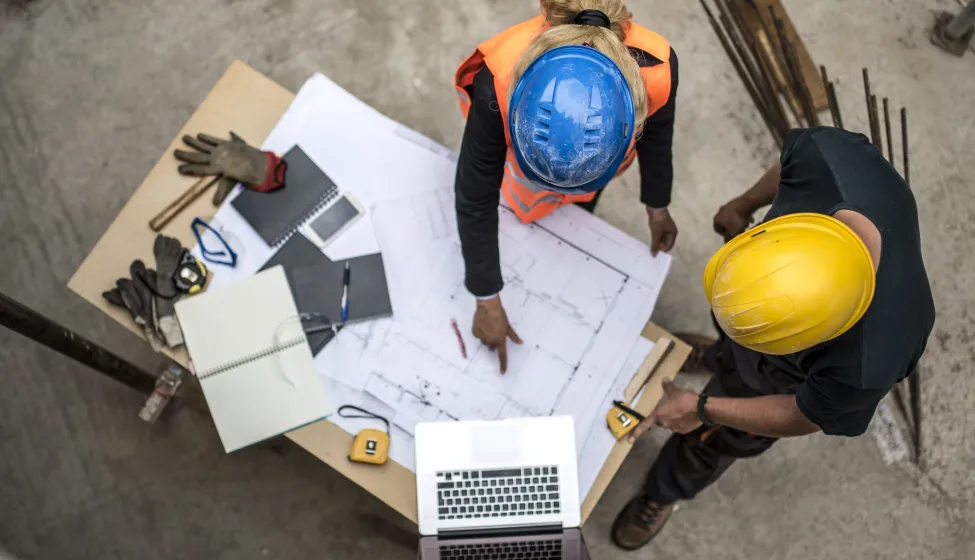October 17, 2025
Executive Summary
The COVID-19 pandemic significantly disrupted the construction industry, inflicting challenges like limited labor resources, material shortages, and stringent health protocols. These issues compounded existing problems, resulting in complex scenarios where multiple delays overlapped a project's critical path, known as concurrent delays. Pre-pandemic, courts had a simpler approach to concurrent delays, but now they more frequently ask for deep analysis. Forensic schedule analysis, clear documentation, well-drafted contracts, and understanding jurisdictional differences can help manage concurrent delays and meet court expectations. However, bringing these aspects together with real-world engineering perspectives and deep knowledge of what it takes to deliver today's complex construction projects is essential to achieve fair and defensible outcomes.
The pandemic changed the way courts examine concurrent delays, making rigorous forensic schedule analysis crucial for many construction projects
The COVID-19 pandemic turned the construction industry upside down. Almost overnight, projects around the world were halted. When work eventually resumed, contractors faced an entirely new set of challenges, including reduced labor availability, material shortages, and strict health and safety requirements. These issues compounded long-standing obstacles, such as permitting delays, design revisions, and subcontractor performance concerns, often leading to concurrent delays — when two or more delays overlap on the project's critical path.
The pandemic fundamentally changed the way we think about concurrent delays. Before 2020, courts rarely demanded deep analysis of concurrent delays, but today detailed analysis is critical. Now developers, contractors, and other stakeholders are applying established methods of analyzing and managing delays to the complex context of concurrency.
Concurrent delays often involve both the contractor and owner, complicating risk assessments and legal definitions surrounding time, cost, and responsible parties in construction contracts. By carefully evaluating overlapping delays and associated claims, organizations can more effectively determine responsibility, mitigate risk, and find a clearer path to keeping projects on track.
"Proper documentation is the cornerstone of defensible delay analysis."
What is concurrent delay and who's responsible?
A concurrent delay occurs when two or more delay events, attributable to different parties, overlap in time and together impede a project's ability to reach substantial completion. For example, a government-mandated shutdown prompted by public health concerns may coincide with delays in material submittals or approvals.
Concurrent delay has become a frequent and tangible challenge in the post-pandemic construction landscape. Global estimates indicate that the COVID-19 pandemic delayed more than $35 billion in construction activity, with many of these delays compounded by contractor-driven issues. Even five years later, many construction projects are still dealing with pandemic delays.
There is no one-size-fits-all definition of concurrent delay but several authoritative sources offer practical guidance. AACE International's Recommended Practice No. 29R-03 defines concurrency as "two or more delays occurring during the same period, each of which independently affects the project completion date or a milestone." The Society of Construction Law's Delay and Disruption Protocol (2017) differentiates between "true concurrency," when delays start and end at the same time, and "apparent concurrency," when delays overlap without aligning exactly. The Construction Management Association of America similarly defines concurrency as independent delays that are both sufficient and simultaneous in impacting the "critical path" — the longest sequence of interdependent project activities that establishes the minimum overall project duration.
The COVID-19 pandemic introduced a new class of excusable, though frequently ambiguous, delays. Although these pandemic delays were generally beyond contractor control, they often coincided with more controllable internal challenges such as delayed mobilization or inadequate schedule management. When both types of delays converge on the critical path, responsibility and entitlement become far more difficult to resolve.
Under widely adopted standard form contracts, such as the AIA Document A201 and the EJCDC C-700, concurrent delays typically provide contractors with additional time to complete the project but not compensation for associated costs. Several important jurisdictions follow suit. In U.S. federal contract law, cases like George Sollitt Construction Co. v. United States and Morganti National, Inc. v. United States anchor the excusable-but-non-compensable doctrine that most boards and the Court of Federal Claims still follow today. Canadian courts have followed a similar path, often denying compensable delay claims where overlapping causes exist. In the United Kingdom, Royal Brompton Hospital NHS Trust v. Hammond (No. 7) also supports time extensions for concurrency but not monetary relief, unless expressly stated otherwise in the contract.

What is forensic schedule analysis?
Two of the most accepted methodologies are time impact analysis (TIA) and window analysis. TIA involves inserting a modeled delay event into an unimpacted baseline schedule to forecast its impact on the critical path. It is particularly effective for evaluating discrete disruptions like pandemic-related shutdowns. Window analyses, by contrast, examine actual progress against planned progress over specific time intervals (e.g., monthly), helping identify the timing and effect of delays.
AACE RP 29R-03 advises that no single methodology is superior in all contexts. Selecting the best method depends on the quality of the project schedule and documentation, the dispute forum, and the availability of contemporaneous data. Analysts must also distinguish between delays that merely co-occur and those that truly share critical-path impact. If one delay lacks critical path influence, it may not qualify as concurrent in a contractual sense. Establishing which delay had the dominant or greater impact is key to determining entitlement.
Proper documentation is the cornerstone of defensible delay analysis. Daily reports, meeting minutes, updated critical-path method (CPM) schedules, correspondence, and change logs all contribute to a factual foundation. Unfortunately, many contractors struggle to maintain schedule discipline; this was especially true under the fluid conditions introduced by the pandemic. In some jurisdictions, such as Washington state, failure to submit a timely notice can invalidate an otherwise valid claim.
Critically, forensic schedule analysis is not just a matter of running software or reviewing bar charts; it requires technical and engineering expertise drawing on knowledge of construction means and methods, sequencing logic, and real-world site conditions to determine whether delay claims are credible and of true impact to the critical path. This perspective distinguishes between theoretical concurrency and delays that actually altered how work was performed in the field. Expertise that integrates forensic methodologies with engineering judgment — particularly with the diverse engineering specialties involved in today's complex construction projects — provides stakeholders with findings that are both technically sound and legally defensible.
- Contractual Precision: Contracts that support clarity in the event of a dispute will explicitly define concurrent delay, delineate treatment of excusable versus compensable delays, and include dominant cause provisions to reduce ambiguity. For example, a clause might state that if an owner-caused permitting delay overlaps with a contractor's late steel delivery, the contractor is entitled to additional time but not cost recovery unless the owner's delay is deemed dominant.
- Schedule Integrity: Maintaining logically tied, updated CPM schedules with narrative explanations of deviations and impacts is essential to resolving, and recalling, key details that will be critical to the outcome of a dispute. For instance, updating the CPM to reflect crew shortages during an illness outbreak or other event can demonstrate that lost productivity, not late material approvals, was the true driver of project slippage.
- Timely Notice: Early and detailed notification preserves contractual rights and strengthens downstream claims analysis. For example, contractors issuing written notice within seven days of a government-mandated shutdown allows them to preserve excusable delay rights, while failing to do so could waive entitlement even if the shutdown was beyond their control.
- Causation Segmentation: Claims that distinguish between delays caused by force majeure and those arising from internal issues, such as lack of crew availability, are better positioned toward resolution. Layered causation arguments help isolate time-only entitlements from cost recovery. For instance, a project might face both a supply-chain disruption from overseas shipping and poor subcontractor performance on electrical work; separating these causation threads allows the contractor to argue for additional time due to the shipping delay while limiting cost liability for subcontractor-driven slippage.
Forensic schedule analysis delivers
Dealing with concurrent delays takes more than technical scheduling skills. It calls for clear documentation, well-drafted contracts that spell out how delays are handled, and a full understanding of how different jurisdictions treat overlapping delays — informed by experienced engineering perspectives that verify claims against real-world circumstances and processes. By bringing knowledge of how building and engineering processes actually play out on construction sites together with industry best practices and a thoughtful forensic approach, it is possible to reach dispute outcomes that are both fair and defensible, reflecting the true complexity of delivering projects today.
Frequently Asked Questions
What Can We Help You Solve?
Exponent provides a diverse set of quantum and delay and engineering services. We offer independent, objective advisory support for claims and disputes and expert testimony for alternative dispute resolution and international arbitration. We work with construction owners, lenders, engineering and construction contractors, subcontractors, legal firms, and insurance carriers.

Construction Consulting
Construction and forensic engineering services to help you tackle tough challenges.

Construction Strategy & Planning
Working closely with construction companies, civil agencies, and asset owners through all phases of projects, Exponent's capital planning and consulting ex...

Construction Project Oversight
Exponent's construction experts can help oversee all aspects of complex construction projects, including scheduling, cost analysis, and engineering to help...

Construction Dispute Resolution Support
The frequency of complex construction project disputes is rising year by year due to many factors, including global supply chain issues, labor struggles, COVID-...

Design & Construction Defects
Rigorous design and construction defect assessments, including building components and standard-of-care evaluations.



